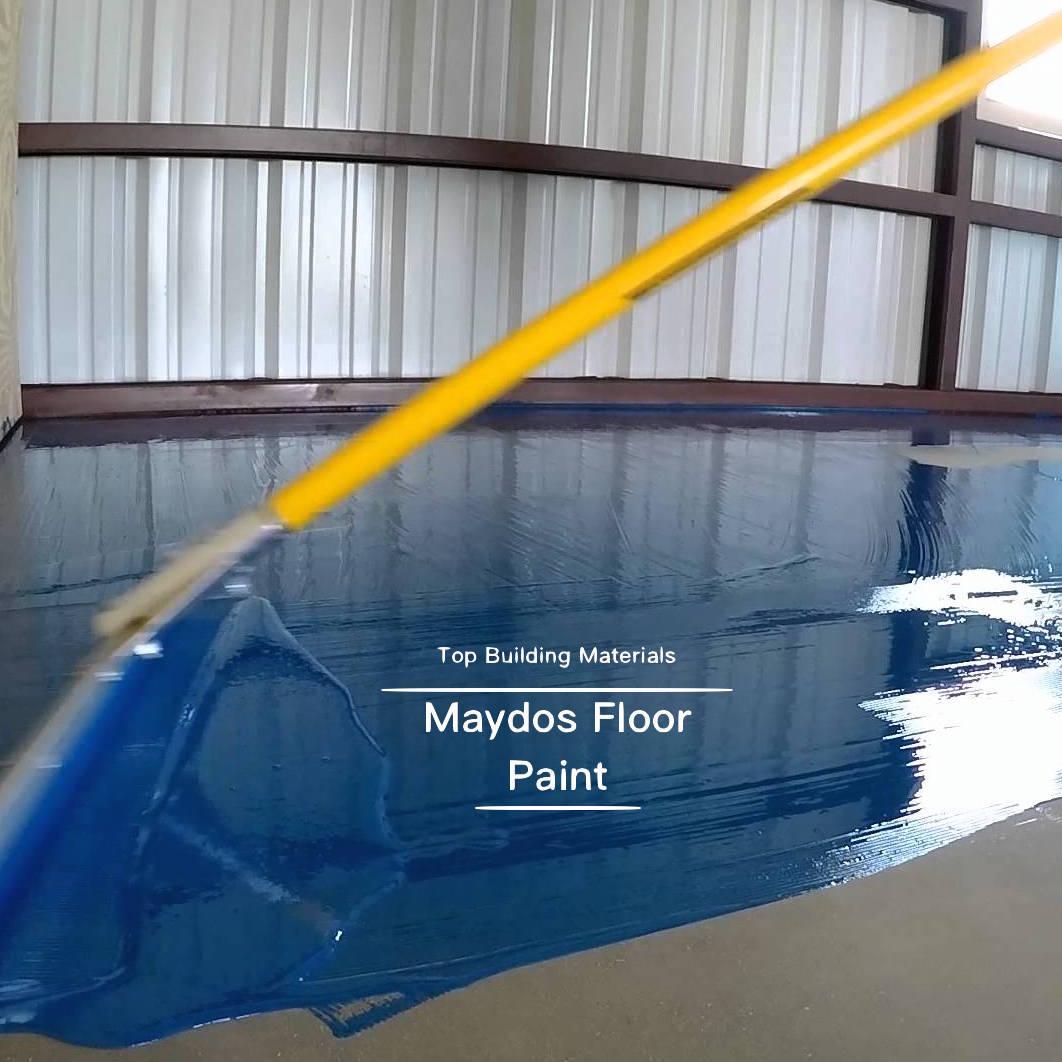Manufacturers of Paints
Manufacturers of paints must deal with the complex processes of blending different raw materials. These materials arrive in different forms, ranging from powders to powders that have already been premixed. After the raw materials are mixed, they must be ground down to the original pigment particle size and wetted with a binder. This process requires different types of equipment, including high-speed shaft-impeller dispersers, dough mixers, ball mills, and triple roll mills. It may take up to 48 hours to grind all of the raw materials into a pigment paste. After the pigments are ground, resin is added to the paste. This process is repeated for a shorter period of time.
Regulatory environment
Manufacturers of paints and allied products face an increasingly stringent regulatory environment. Over the past 40 years, these regulations have pushed producers to adopt technologies that use lower solvent content. The industry faces a number of challenges, including the need to maintain consistent performance and reduce VOC levels. The most significant challenges, however, relate to the changing needs of consumers.
Paints contain a number of volatile organic compounds (VOCs), which are harmful to humans and the environment. They contribute to the depletion of the ozone layer in the stratosphere and can cause smog and ground-level ozone. As a result, the Clean Air Act of 1990 required the EPA to establish regulations for these chemicals. Since then, state and federal agencies have passed stricter VOC standards to reduce air pollution.
The new regulations affect paint manufacturers in many different segments. These include wood coatings, interior architectural coatings, and decorative paints. Clariant has seen more customers demanding low-VOC paints. Regulatory requirements aren’t limited to paint manufacturers, and many companies are incorporating them into their processes without incurring significant costs.
Under these regulations, regulated industrial sources must meet specific emission standards to ensure compliance with air pollution standards. These standards require facilities to follow emission standards for up to 90% of their operations. They also must comply with emission standards during startup and shutdown periods. The EPA also requires manufacturers to use electronic data reporting for notifications and reports. The amendments also affect facilities that perform surface coating and paint stripping operations.
California’s Paint Stewardship Program requires manufacturers to develop stewardship plans that describe their strategies and meet the requirements of the state. The manufacturer then prepares a report describing the progress made. The program oversees and enforces the plan. Other service providers are also invited to participate in the program as negotiated by the manufacturer. The stewardship plans define the manufacturer’s legal responsibilities and communicate the course of action to stakeholders.
China’s government has stepped up efforts to reduce VOC emissions. In 2008, pollution concerns in the country increased, particularly during the summer Olympics. Since then, the Chinese government has passed laws aimed at reducing VOC emissions. This legislation applies to all paint and coating plants and extends to the entire coatings supply chain in China.
Market size
The Paints & Coatings market is a highly competitive industry, with a number of local and international players operating in the market. Its competitive landscape is characterized by technological developments, product diversification, and revenue generation opportunities. Leading companies in this market include PPG Industries, Inc., AkzoNobel N.V., and BASF SE.
In terms of geographic distribution, the market for paints and coatings is most dominant in Asia Pacific, which is expected to experience growth of X.X% per year over the forecast period. China, on the other hand, is globally recognized for its architectural boom, and the increasing number of affordable residential and commercial construction projects there will spur the market for paints and coatings.
The market for paints and coatings is competitive, and the biggest players include PPG Industries, Nippon Paint Company, Jotun, and AkzoNobel. Most global corporations are consolidating their production operations and expanding their regional presence. They are also adopting various business strategies, including acquisitions, partnerships, and new product launches.
However, trade restrictions and shipping complications have also affected the market. Governments across the globe have imposed lockdowns, resulting in disruption of supply chains and reduced consumption. This has hurt the growth prospects for paints and coatings manufacturers, but it is expected to recover over the forecast period. In addition, the market is expected to experience some consolidation in the next few years.
Despite global competition, the U.S. is the leading market for paints and coatings. The country’s growing construction industry and growing population are driving the demand for paints and coatings. As a result, the market for paints and coatings is expected to grow at a steady CAGR over the next five years.
The growth in oil consumption is projected to influence the market for paints and coatings. As the world’s second largest oil consumer and sixth largest oil producer, China’s demand for paints and coatings is expected to increase. There are 12 major players in the paints and coatings industry, and six of them account for 60% of the overall market. They include The Sherwin-Williams Company, PPG Industries, Akzo Nobel NV, Nippon Paint Holdings Co. Ltd., and RPM International.
Global demand for paints and coatings is growing for decorative coatings in construction and automotive applications. The industry is also dominated by innovative formulation technologies, such as anticorrosion protection, low-VOC coats, and nano-coatings.
Health and safety issues
Manufacturers of paints and coatings are faced with serious health and safety issues. The products they produce are highly hazardous to the health of workers. As such, they must be held accountable for ensuring the safety of their employees. Violations of OSHA standards can result in fines ranging from $12,000 to $120,000. In addition, states with Occupational Safety and Health Plans can also impose penalties.
The study aimed to identify the major hazards of the manufacturing process for workers in the paint industry, including exposure to heavy metals and chemicals. The findings are expected to inform the implementation of occupational health and safety standards. However, it is imperative to ensure that workers are trained and protected against potential hazards.
One of the most serious health risks for paint workers involves inhaling fumes of volatile organic compounds (VOCs). Many paints contain high concentrations of formaldehyde, which is highly toxic and can cause a range of health problems. For workers who are not protected against such contaminants, the exposure to VOCs can cause serious respiratory problems and even death.
Inorganic pigments, such as lamp black, can cause skin and lung cancer. Other harmful chemicals include zinc yellow and chrome yellow, which can cause severe allergic reactions. Unlike inorganic pigments, modern synthetic organic pigments haven’t been thoroughly studied for long-term health risks. Manufacturers must take precautions to reduce exposure to these substances. In some cases, manufacturers have even reformulated pigments to reduce their exposure risks.
Workers exposed to paint fumes can also experience short-term and long-term health issues. Symptoms of exposure may include nausea, headache, and lightheadedness. However, the risks aren’t always life-threatening. Generally, workers can recover from minor effects after rest and medical supervision.
Paints are made up of volatile organic compounds (VOCs), which are harmful to human health. These compounds contribute to smog by attacking lung tissue. As a result, they’re subject to state and federal regulation.
Environmental impact
There are numerous factors that contribute to the environmental impact of manufacturers of paints. For starters, traditional paints contain a high concentration of heavy metals that leach into the soil. This process can lead to contaminated soil, which has many harmful effects. A recent study at Zheijang University found that the soil near a retired paint manufacturer in Hangzhou was full of toxic metals. Such metals can damage vital organs, cause degenerative neurological processes, and lead to skin and blood ailments.
Fortunately, paint manufacturers are making great strides towards improving their products’ environmental impact. New government regulations and consumer demand have influenced the introduction of environmentally friendly paints. Manufacturers are also concentrating on developing paints that produce less waste, and are continually innovating to develop greener formulas and processes.
Additionally, paints and coatings manufacturers produce tons of waste, including production and cleaning waste. These wastes are typically disposed of, and many facilities regularly dump these materials in dumpsters or haul them away to be treated. While these types of waste cannot be completely avoided, companies can reduce their carbon footprint by adopting more sustainable procurement practices and improving their environmental performance.
Despite their progress toward environmental responsibility, paint and coatings manufacturers need to consider the future as well. For instance, the Environmental Protection Agency is determining whether to classify paint production wastes as hazardous waste. Hazardous wastes are defined as those that contain flammable and toxic chemicals. This new classification could impact a large percentage of waste currently placed in sanitary landfills.
Paint manufacturers can also help reduce their environmental impact by recycling the excess product. Some paint manufacturers are now offering environmentally-friendly products that use discarded paint cans. Recycling surplus paint cans can reduce emissions and save money for both businesses and the environment. Some countries have programs to recycle old paint cans.
Some countries have laws that limit the use of lead in paint. This means that paint manufacturers should work to reduce the amount of lead in their products.





















